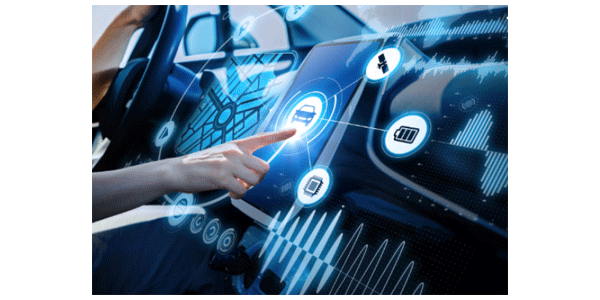For years, industry leaders have looked forward to a technology called V2X that could be sold by car audio dealers. V2X is a way for cars to “talk” to each other or to traffic lights.
And for the past 20 years, the government has provided a slice of WiFi spectrum to be used for V2X communication. Last week it voted to pull back much of that spectrum.
The FCC believes a more up-to-date technology, 5G, might better serve V2X. Here’s what it wants to do.
The FCC voted to take the 5.9 GHz band for car communication and give more than half back to general WiFi use like consumer downloads.
Of the remaining spectrum, it wants to give most of that to the 5G form of V2X (C-V2X). And it is taking comments on whether to reserve the remaining 10 MHz for WiFi technology for V2X known as DSRC (Dedicated Short Range Communication).
So it wants to take the 75 MHz of spectrum previously allotted for DSRC and reduce it to 10 MHz or less, promoting instead C-V2X.
The vote is in direct opposition to the views of the Fed’s Dept. of Transportation, which wants to see all the spectrum remain dedicated to public safety and DSRC.
Either way, V2X black boxes are something that car audio dealers may sell in the future. Even if the industry switches from its fledgling efforts at DSRC to the more robust C-V2X over 5G, there will be a need to retrofit older cars with black boxes and antennae.
There is now a period of several months of public comment on the FCC’s proposal and the total process could take up to a year to finalize.
Consumer Reports recently weighed in stating that it doesn’t prefer DSRC or C-V2X, “but we want the quickest action with a proven technology, and in the near-term future that means building out a DSRC system.”
With V2X– either 5G or WiFi–traffic lights could reset in real time based on traffic flow. Or they could reset to help an ambulance travel faster or a public bus stay on schedule. With V2X, a car that’s hard braking and hidden around a curve can warn the cars behind it. The question is whether these communication signals should be sent over DSRC WiFi or over 5G.
5G is about 10 times faster than current WiFi and would permit more immediate and robust communication. But DSRC is already established and tested. 5G is 3 to 5 years away from being ready for use in vehicles, said Jeff Varick of 12 volt supplier Brandmotion, which has helped the DOT test DSRC. Roger Lanctot, analyst with Strategy Analytics believes 3 years is a more realistic time frame.
Ford announced early this year it will equip all its cars with C-V2X starting in 2022.
Cadillac, Toyota and Volkswagen support DSRC. BMW joins Ford in supporting 5G and C-V2X.
Toyota had announced plans in April to begin installing DSRC in ALL US cars starting in 2021. But it backed off after being warned by the FCC that the spectrum might be reallocated, according to Consumer Reports.
On the other hand Ford says that many car makers already include cellular chips in their automobiles, and these might as well be used to support V2X.
DSRC is already in use in Japan and is being tested in Asia and Europe, said Consumer Reports.
Varick said, “We need national leadership that recognizes the value of the spectrum for safety. That’s my biggest position. Should we make it available just for videos and downloads and email? That would be a disappointment.”
Photo: cei.org









